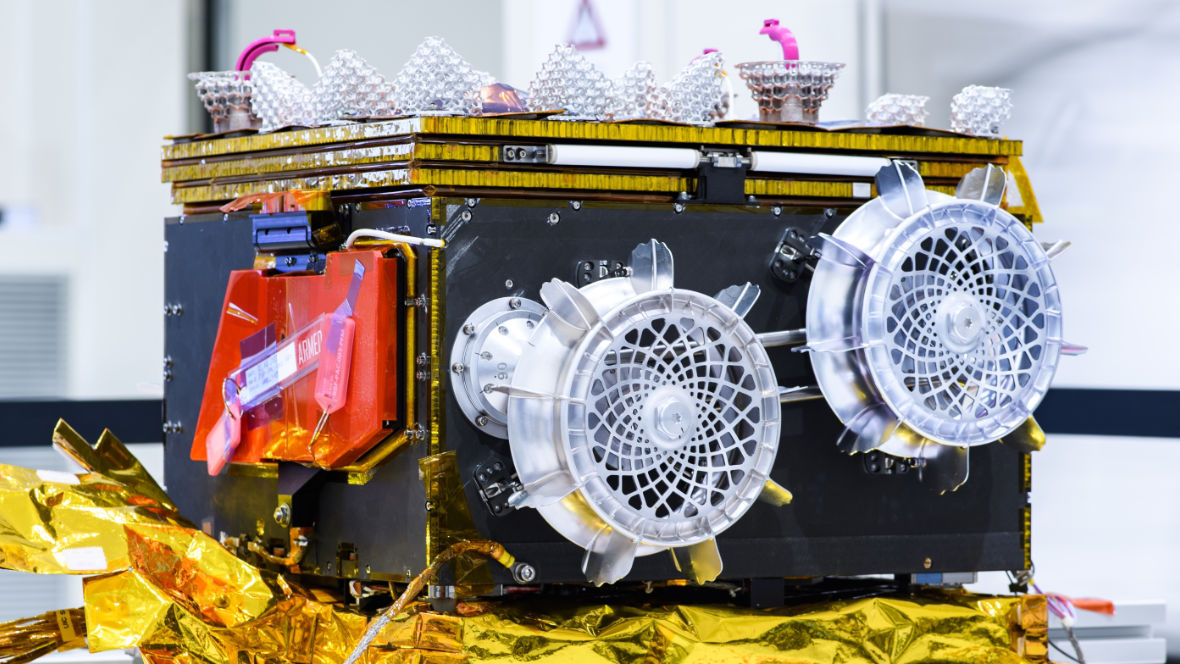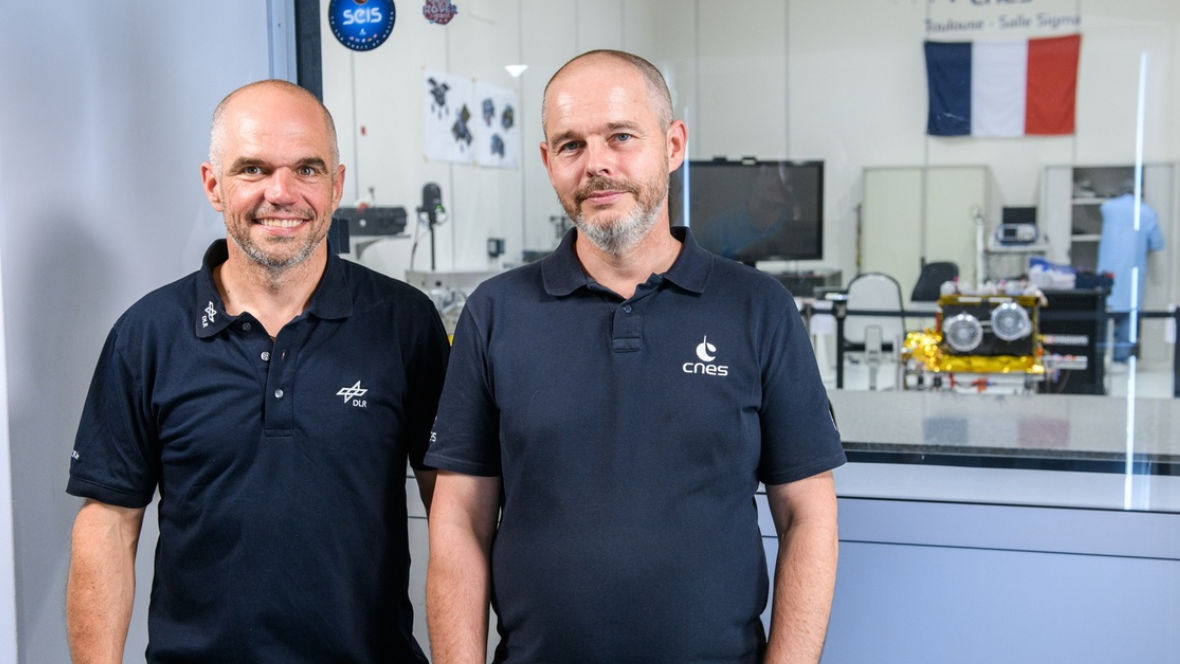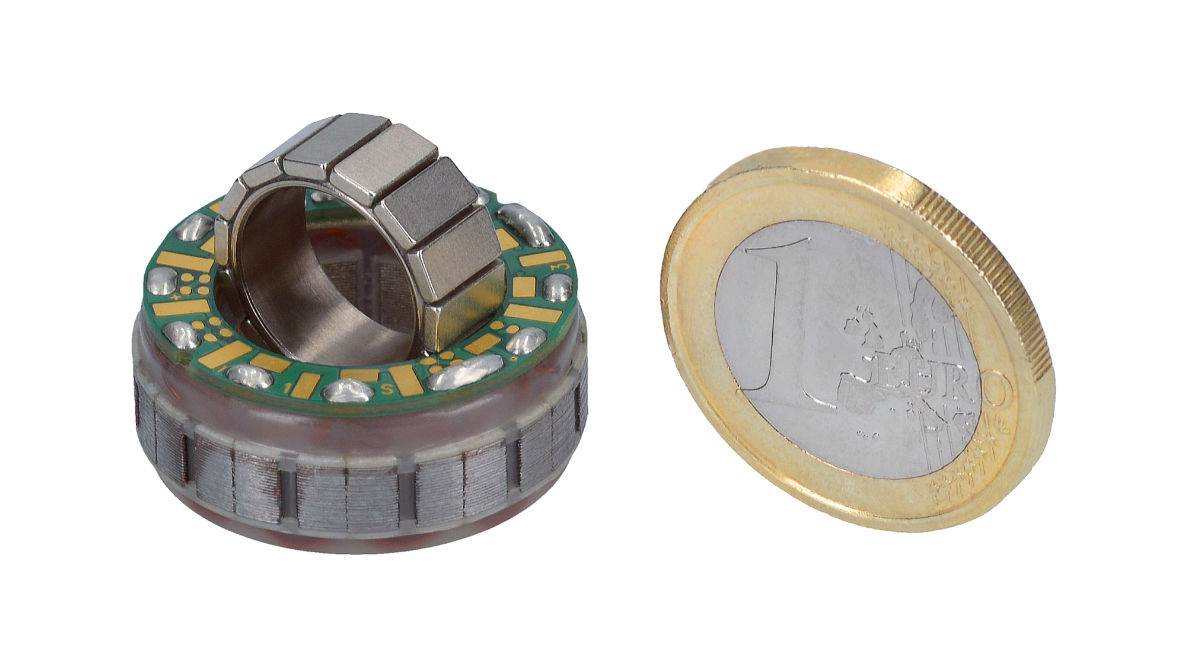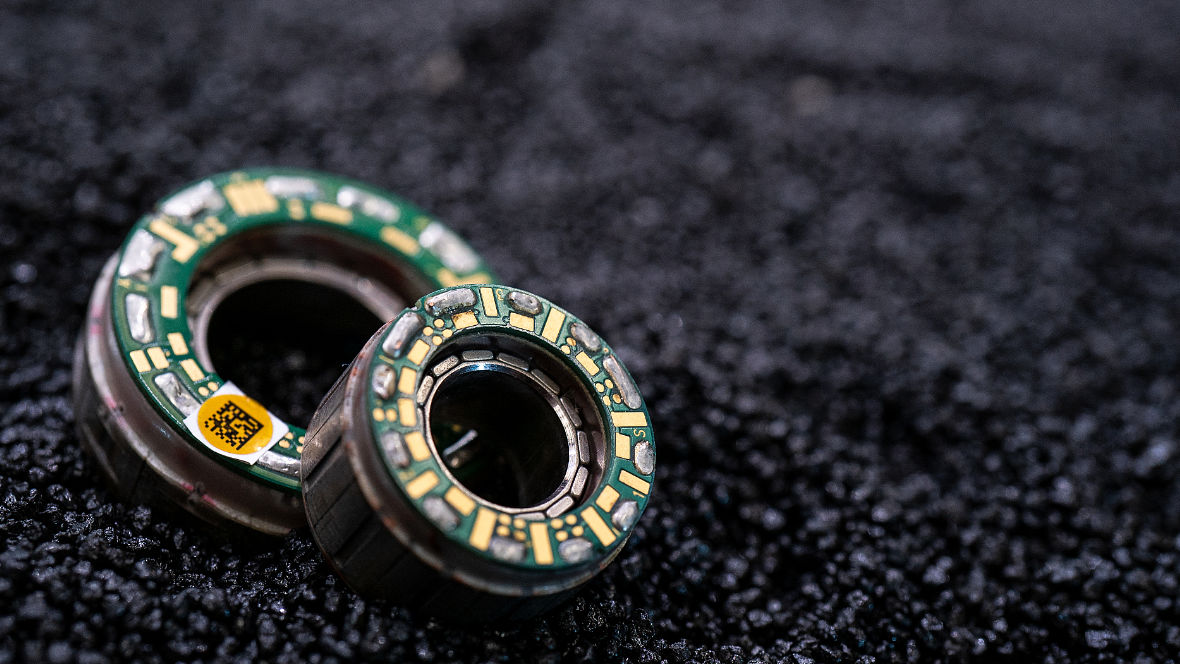On a Space Mission with TQ Motors:
The rover Idefix explores the Martian moon Phobos.
Innovative Motors for Extreme Conditions in Space
The four-legged rover Idefix, weighing just 25 kilograms and named after the dog from the Asterix and Obelix comic series, was specifically designed for extreme requirements. Its drive system is based on frameless ILM-series servomotors, which are ideally suited for the harsh demands of space missions due to their compact design, high power density, and low weight.
The exploration vehicle, roughly the size of a beverage crate, contains all the components of a fully functional science rover. However, it must adhere to strict weight limits through a highly integrated design. To achieve this, the German-French project team optimized every single component of the rover down to the smallest detail for weight efficiency.

The flight model of the Idefix rover shortly before transport to the Japanese space agency JAXA. Image source: DLR
Success Through Partnership

From left: Markus Grebenstein, DLR Institute of Robotics and Mechatronics, and Stéphane Mary, CNES. Image source: DLR
Outstanding Features of the ILM for Space Missions
- Lightweight: Only 16 grams with 105 mNm peak torque.
- Robustness: Operates in extreme temperatures.
- Precision: Enables precise control for movements as slow as one millimeter per second.

Servo kit ILM25 consisting of rotor and stator.
Idefix Meets the Challenges

Idefix in the cleanroom of the French space agency CNES. Image source: DLR
For transport to Japan and the subsequent flight to the Martian moon Phobos, Idefix is in travel configuration, with its four legs and wheels tightly folded.
After being dropped from a height of 40 to 100 meters onto Phobos, the rover autonomously rights itself and deploys its four paddle wheels. TQ motors not only handle the low gravity forces of the Martian moon but also endure temperatures far below -100 °C. Their high winding density also ensures minimal power loss and long service life.
The Martian Moons eXploration (MMX) mission, led by the Japanese space agency JAXA, is scheduled to launch in 2026, with the landing on Phobos planned for 2028.
The Mission: Collecting Scientific Data
Idefix will collect material samples and data while identifying suitable landing sites for the Japanese mother probe of the Martian Moons eXploration (MMX) mission. This probe will later collect soil samples and return them to Earth.

TQ's frameless servomotors are perfect for the most demanding applications in aerospace.
Unless otherwise stated, TQ-Systems GmbH is the copyright holder of the images used in this press release. These pictures can be used free of charge if the author is named.